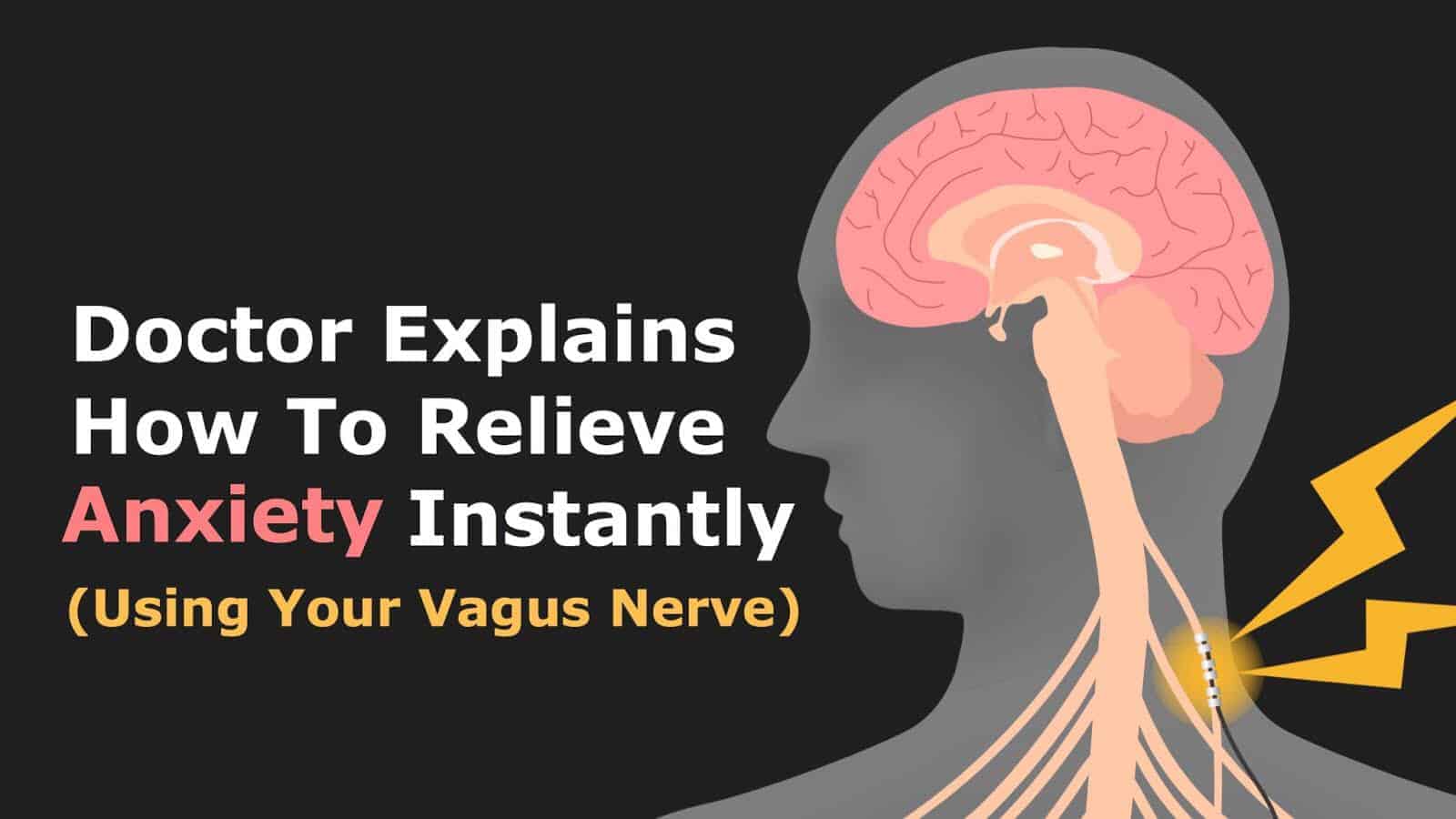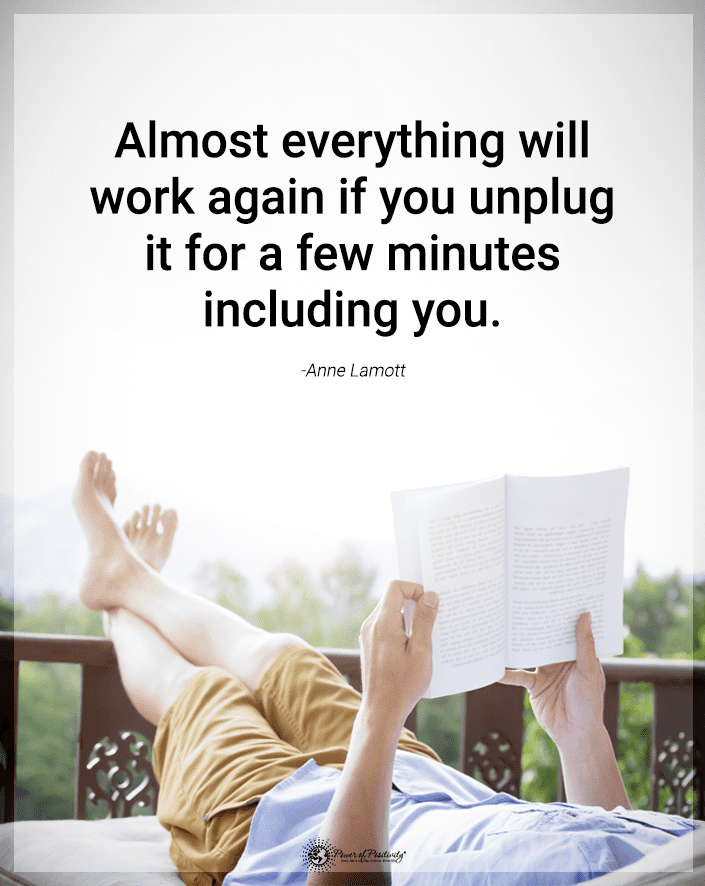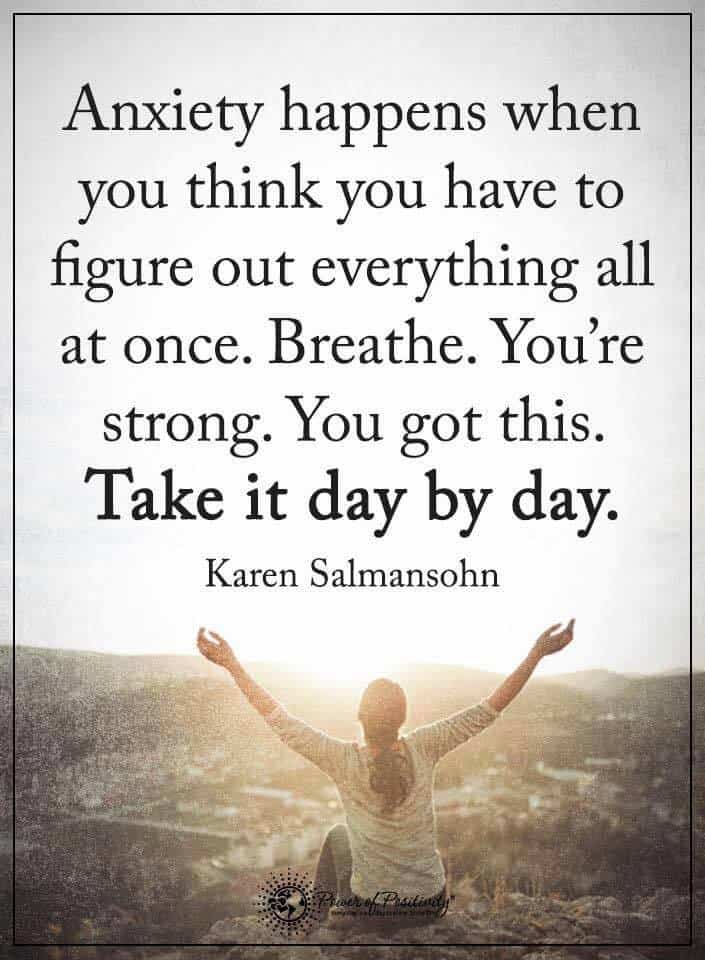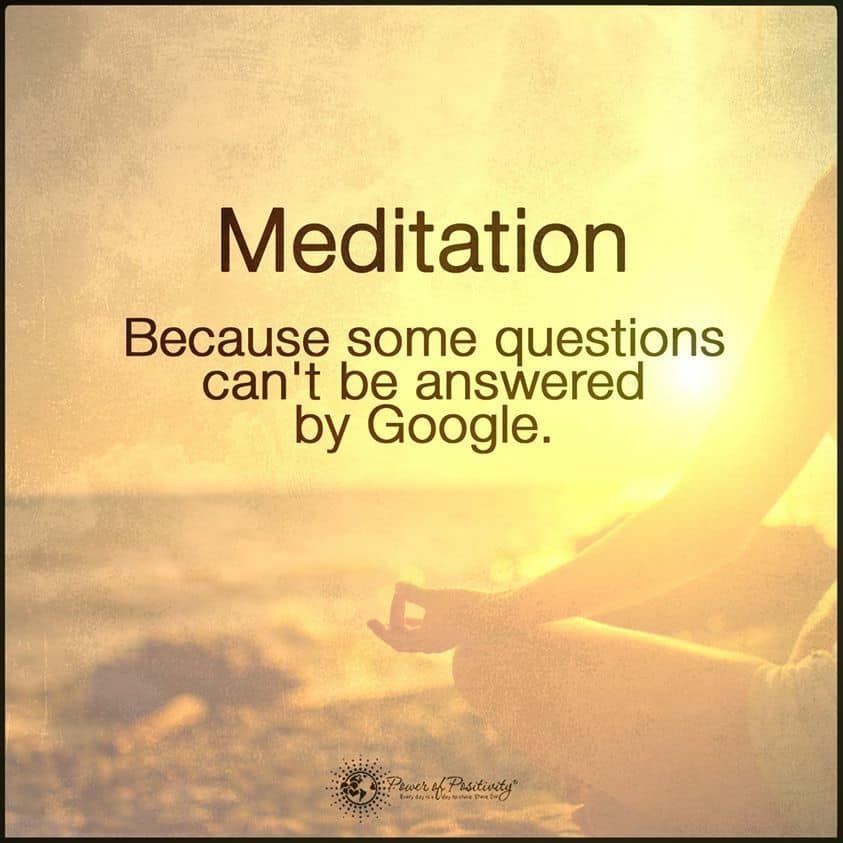What is the vagus nerve? And how can it relieve anxiety?
“It’s almost like a yin and yang. The vagal response reduces stress. It reduces our heart rate and blood pressure. It changes the function of certain parts of the brain, stimulates digestion, all those things happen when we are relaxed.” ~ Mladen Golubic, M.D., Cleveland Clinic’s Center for Integrative Medicine
In simple terms, the vagal response stimulates the vagus nerve. The vagus nerve extends from your brain stem, to your tongue, vocal chords, heart, lungs, and internal organs.
How the Vagus Nerve Can Relieve Anxiety Symptoms:
The vagus nerve is a long nerve which runs from the brainstem down to the abdomen, and it is involved in many critical bodily functions, including heart rate, digestion, and respiration. It also plays a critical role in regulating the body’s stress response, closely connecting to anxiety.
One way the vagus nerve may relieve anxiety is through its influence on the parasympathetic nervous system, which is responsible for the “rest and digest” response. Engaging the vagus nerve can help decrease the heart rate and breathing rate, which can help counteract the physiological symptoms of anxiety.
Additionally, the vagus nerve is involved in regulating the neurotransmitter GABA, an inhibitory neurotransmitter that helps calm the brain and reduce anxiety. Activation of the vagus nerve increases GABA levels in the brain, possibly contributing to its anxiolytic effects.
There are various ways to stimulate the vagus nerve to help relieve anxiety symptoms, including deep breathing exercises, meditation, yoga, and biofeedback techniques. This article will examine how to relax the vagus nerve to relieve anxiety.
Intriguingly, yoga masters have used the vagal response in “breath work called pranayama, (as) a regular part of yoga practice” for centuries.
According to Dr. Mladen Golubic, an internist at Cleveland Clinic’s Center for Integrative Medicine, regularly practicing vagal stimulation can reduce anxiety and stress –and help mitigate or neutralize conditions such as asthma, chronic obstructive pulmonary, and cardiovascular disease.
Dr. Golubic’s assertion should bring us all comfort; to a large degree, our mental and physical health is in our control. “There are studies that show that people who practice breathing exercises and have those (abovementioned) conditions – they benefit,” says Golubic.
Judi Bar, the yoga program manager at the Cleveland Clinic, concurs with Dr. Golubic: “Our breaths will either wake us up or energizes us. It will relax us, or it will (balance ) us.”
The Science Behind the Vagus Nerve
The amygdala (um-ig-duh-luh), which is part of the sympathetic nervous system (SNS), gives us the lovely “fight-or-flight response” that puts us on edge. Think of how you feel when some jerk cuts you off in traffic, or while waiting on hold for 20 minutes. Yep, that’s the fight-or-flight (‘FOF’) response.
While the FOF response has kept our species alive, it’s also a pain in the you-know-what. We get pissed off over the smallest things because of two almond-shaped glands at the base of our brain. Individuals with mental health problems, such as chronic anxiety and depression, are constantly on-edge because of amygdalar activity.
When we can’t seem to relax, it’s time to engage the parasympathetic nervous system (PNS) by stimulating the vagus nerve.
While it may sound complicated, it’s not too difficult. Furthermore, it becomes much easier with regular practice. When stimulating the vagus nerve, the most important thing is to control your breathing. Heavy breathing and a spike in blood pressure are the byproducts of SNS fight-or-flight activity.
“Deep breathing is a great example of that,” says Dr. Golubic. “We have a certain space where we can control breathing. We can extend the inhalation and the exhalation. So by those practices, we can activate the parasympathetic nervous system.”
“The best practice is a complete breath which involves diaphragmatic breathing.”
The diaphragm is a dome-shaped, muscular wall separating the lungs from the stomach. It plays a significant role in breathing, as it inflates the lungs.
The problem is that we don’t engage the diaphragm enough while breathing; instead, we tend to breathe shallowly (“chest breathe”).
There are significant disadvantages to not breathing with our diaphragm. By not engaging the diaphragm, our bodies do not receive the optimal amount of oxygen – something that affects our minds and bodies.
When we are stressed or anxious, we almost always chest breathe. However, stress and anxiety are times when we need diaphragmic breathing the most.
Here’s what to do! Enough science-ey stuff. Let’s get to the chase.
Relieve Anxiety Instantly Using This One Trick
Here’s what you need to do:
- Lie on a yoga mat or bed with the knees bent slightly. You might need to use a pillow underneath the knees for support. Place one hand on your upper chest and the other underneath the rib cage. This position will allow you to feel your diaphragm as you breathe.
- Breathe slowly through the nose; you will feel it as your stomach moves against your hand. The hand on your chest should stay as still as possible.
- Tighten your stomach muscles; let them fall inward as you exhale through pursed (tightly pressed) lips. The hand on your upper chest should remain as still as possible. You can do it while sitting after getting familiar with diaphragmic breathing while lying down! (Aside from steps 3 & 4, there is a minutia of difference between the two positions.)
- Here’s what to do when sitting:
-
- Sit comfortably with your knees bent, and your shoulders, head, and neck relaxed.
- Breathe slowly through your nose so that your stomach moves against your hand. The hand on the chest should remain stationary.
- Place one hand on your upper chest and the other below your rib case. (Same as in the lying down position – same as next step.)
- Tighten your stomach muscles; let them fall inward as you exhale through pursed lips. The hand on your upper chest must remain as still as possible.
Four Other Things to Increase Vagus Nerve Health and Relieve Anxiety
Doctors at the Cleveland Clinic also suggest you do these things to increase your vagal response:
- Maintain an active lifestyle
- Eat healthier foods
- Try yoga or meditation
- Address health conditions such as high blood pressure or diabetes.
Final Thoughts: The Vagus Nerves Directly Impact Anxious Thoughts and Feelings
The vagus nerve may relieve anxiety by regulating the body’s stress response and promoting relaxation. Engaging the vagus nerve can slow down the heart and breathing rates, which can help counteract the physiological symptoms of anxiety, such as rapid heartbeat and shortness of breath. Activation of the vagus nerve has also been shown to increase levels of GABA, an inhibitory neurotransmitter that calm the brain and reduces feelings of anxiety. Therefore, by stimulating the vagus nerve through techniques such as deep breathing exercises, individuals may experience reduced anxiety symptoms and an overall sense of relaxation and well-being.
















 Community
Community

